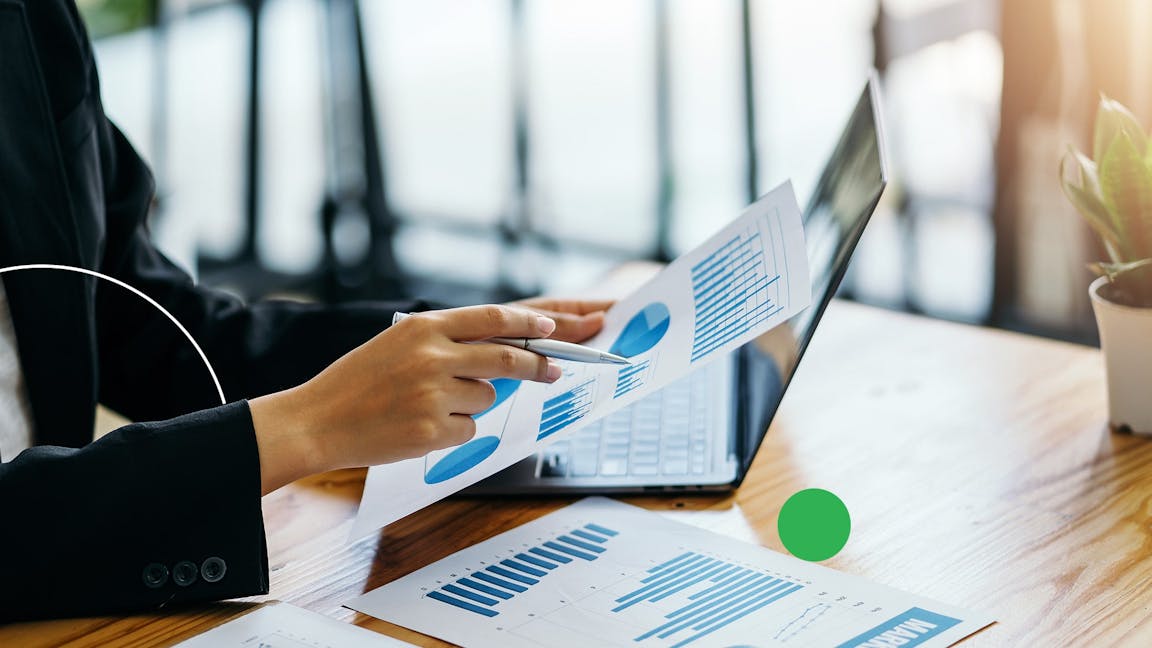
As the market for exchange-traded funds (ETFs) continues to grow, new products and trends are emerging. Our investment team share how they pick from what is becoming an increasingly crowded marketplace.
Over the last four years, global ETF assets have almost doubled, rising from $5 trillion in 2018 to a staggering $10 trillion by the end of 2022.
What’s behind this phenomenal growth?
One reason is cost. A key benefit of ETFs is that they can offer investors exposure to a diverse range of securities at a lower cost while providing transparency, liquidity, and flexibility. This makes them excellent foundational strategies for portfolios, as they allow investors to build up a core set of diversified, broad market exposures while keeping charges down.
These days, asset allocation – rather than individual stock selection – is seen as the main driver of investment returns. This has increased the appeal of passive funds, especially in the form of ETFs, which allow investors to gain exposure to a whole market, sector, or asset class at once.
Their ‘basket’ structure and the fact that they can be traded throughout the day makes them easy to use, another factor that has contributed to their popularity and the relative decline of mutual funds, which can only be traded once a day.
Performance has also been a tailwind. Over the last 10 years, three quarters of passive funds have outperformed their active rivals. Even last year’s choppy markets – which are thought to give traditional active fund managers an edge – saw passive strategies come out on top.
At Nutmeg, we’ve been using ETFs since we launched over 10 years ago. We’ve kept evolving our approach to ETF selection as the market has grown and become more sophisticated, while staying true to the principles that have guided our investment process since day one.
What is an ETF and why do we use them?
Exchange-traded funds (ETFs) provide an easy way to gain exposure to a pool of investments without having to buy each one individually. They can track a share index, such as the FTSE 100; an asset class, such as government bonds; a market segment, such as bonds maturing in fewer than five years; a region, or a sector.
Two key attractions of ETFs are transparency and flexibility. Investors can know exactly what they hold in their portfolios, while being able to trade whenever markets are open. They also offer investors many other benefits, including choice and diversification.
Of course, another key reason that we use them is the cost. In December 2021, the average fee for an asset-weighted active stock picking fund was 0.60%, whilst the average fee for an asset-weighted passive fund was just 0.12%. We aim to keep costs low – and using ETFs allows us to invest efficiently on your behalf.
How is the ETF market changing?
SPDR – the world’s first major ETF – launched in 1993. It aimed to simply track and replicate the performance of the S&P 500.
The market has come a long way since then. In the last 10 years, there’s been an 80% rise in the number of ETFs, and a huge proliferation in the number of styles and types available. They are becoming increasingly active, diverse, and innovative, and the evolution of the market is opening up new opportunities for investors.
ESG ETFs, which allow investors to focus specifically on strategies that have an environmental, social, or governance tilt (or a combination of all three) have become incredibly popular in recent years. We’ve also seen greater demand for active ETFs, such as the research-enhanced funds used in our Smart Alpha portfolios powered by J.P. Morgan Asset Management. Other innovations include inverse ETFs, smart factor ETFs, and commodity ETFs.
Thematic ETFs, which allow investors to focus on particular trends or long-term themes, are also becoming increasingly popular. They allow investors to choose which areas they would like to focus on – narrow or broad – while still getting the transparency and flexibility that you would expect from traditional index ETFs.
How do we choose the ETFs for your portfolio?
As the ETF market has grown and become more saturated, choosing the right fund has become more challenging, more complex, and more important.
When assessing which funds to include in our portfolios, there are several key considerations that we take into account. Once the funds are chosen, we then use our years of expertise to blend them together so that you benefit from a rich diversity of investment exposure while staying within your risk level. The things we consider include:
1. The components of the market index
Many ETFs aim to track and replicate the performance of a particular index, like the FTSE 100. Indices follow rules-based methodologies and are normally constructed by ‘weighting’ each underlying company according to its market capitalisation (size) in that particular market. By looking at the underlying components we can judge whether an index is, in our opinion, a suitable investment, and whether it accurately reflects our investment team’s view.
2. Method of replication and tracking error
The method for holding the physical components of an index varies from fund to fund. Many funds use a system of optimisation, whereby a sample of the holdings are used to replicate the index’s performance as a whole.
In order to do this, we look at what is known as the tracking difference of each ETF – how closely the ETF manager has matched the performance of the index – and look to select funds which are as closely aligned as possible.
3. Costs
We aim to hold the fund with the lowest overall cost in each asset class. This includes the fund’s total expense ratio (TER), a measure of the cost of running the fund and the managers’ fees which are charged to investors and taken from the daily value of the fund but critically also considers the fund’s performance and the costs of trading. We seek to select the fund that delivers the most overall value for our clients.
4. Size and trading volume
The size and trading volume of an ETF are important considerations.
We do not want to invest large amounts in an ETF where trading volume (that’s the total number of units traded on an exchange) is limited.
We also seek to understand the liquidity dynamics for the underlying index holdings in order to better understand the costs of ‘creating’ or ‘redeeming’ a given ETF. This refers to the trading volume of the individual securities that comprise the ETF – those with more actively traded holdings tend to have lower costs, or ‘bid-offer’ spreads.
We typically aim to use the ETF with the lowest bid-offer spreads – i.e., the smallest gap between the cost of buying and selling each fund. While a low TER (total expense ratio) may look attractive, if the bid-offer spread is very large and/or the fund size is very small, we would not necessarily use that fund until these conditions have improved.
5. The type of ETF
There are two main types of ETFs: “physical”; and “synthetic” or “swap-based”. We invest only in physical ETFs, which aim to produce the performance of an index by investing in its individual components. To learn more about other types of ETF, click here.
Once we’ve selected our ETFs, we use proprietary macroeconomic and market research to assess the asset allocation of our portfolios and rebalance or make changes when opportunities arise.
How we use ETFs across our investment styles
Across our range of investment styles and portfolios, we use a mix of ETFs.
In our Fully Managed and Fixed Allocation portfolios, we choose from a universe of over 1,800 equity and bond funds. In our Socially Responsible portfolios, we invest in ETFs that avoid companies engaged in controversial activities, while focusing on those that lead their peers on ESG measures. Finally, in our Smart Alpha portfolios, alongside passive ETFs, J.P. Morgan Asset Management select innovative active ETFs that aim to outperform the index.
If you’d like to explore which ETFs we use in more detail, you can click here.
Risk warning
As with all investing, your capital is at risk. The value of your portfolio with Nutmeg can go down as well as up and you may get back less than you invest. Past performance is not a reliable indicator of future performance.
